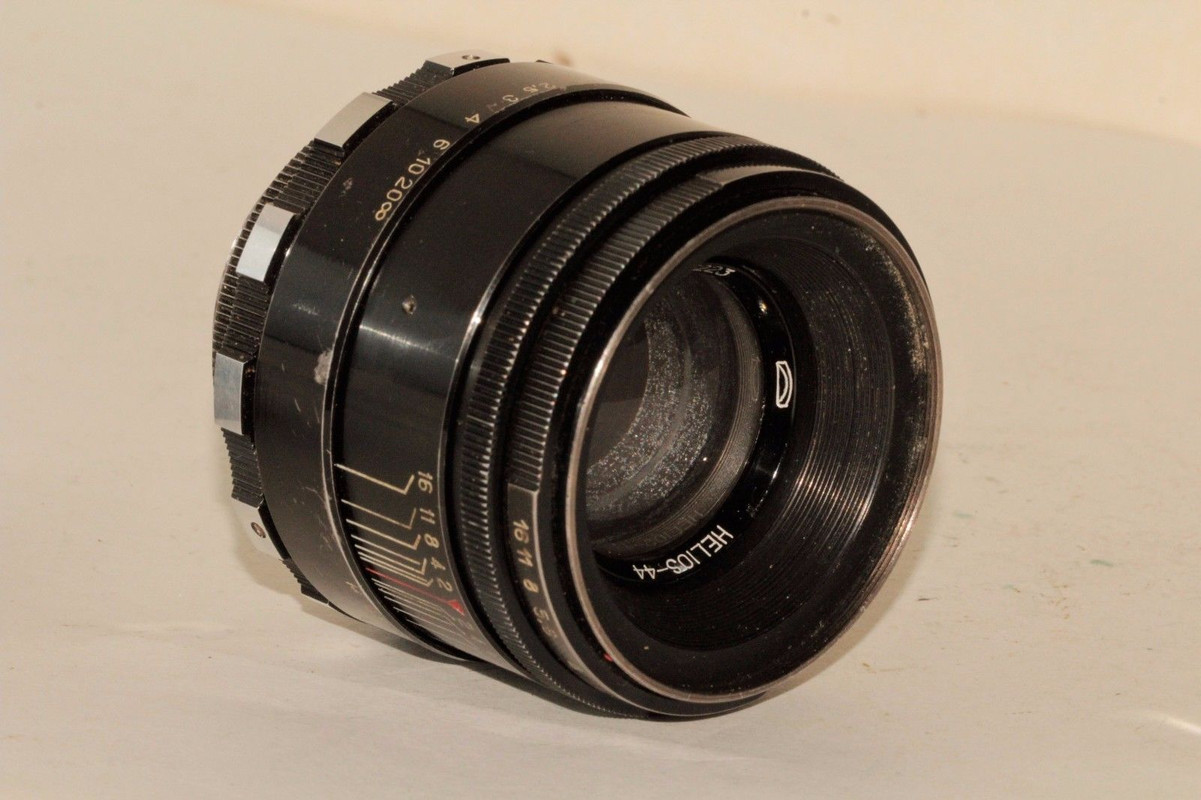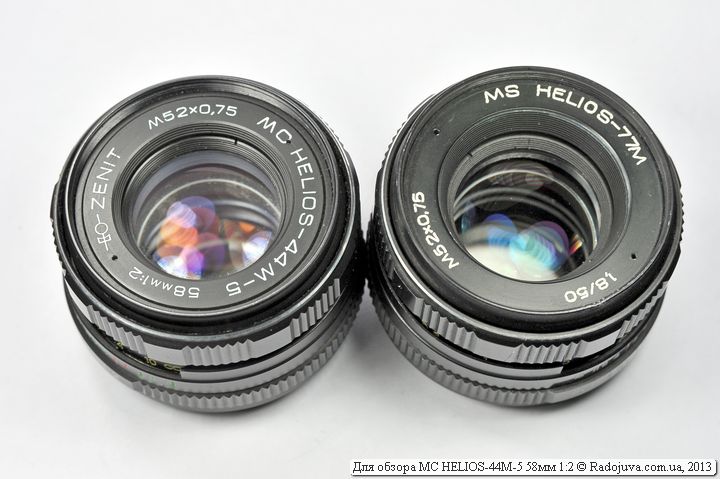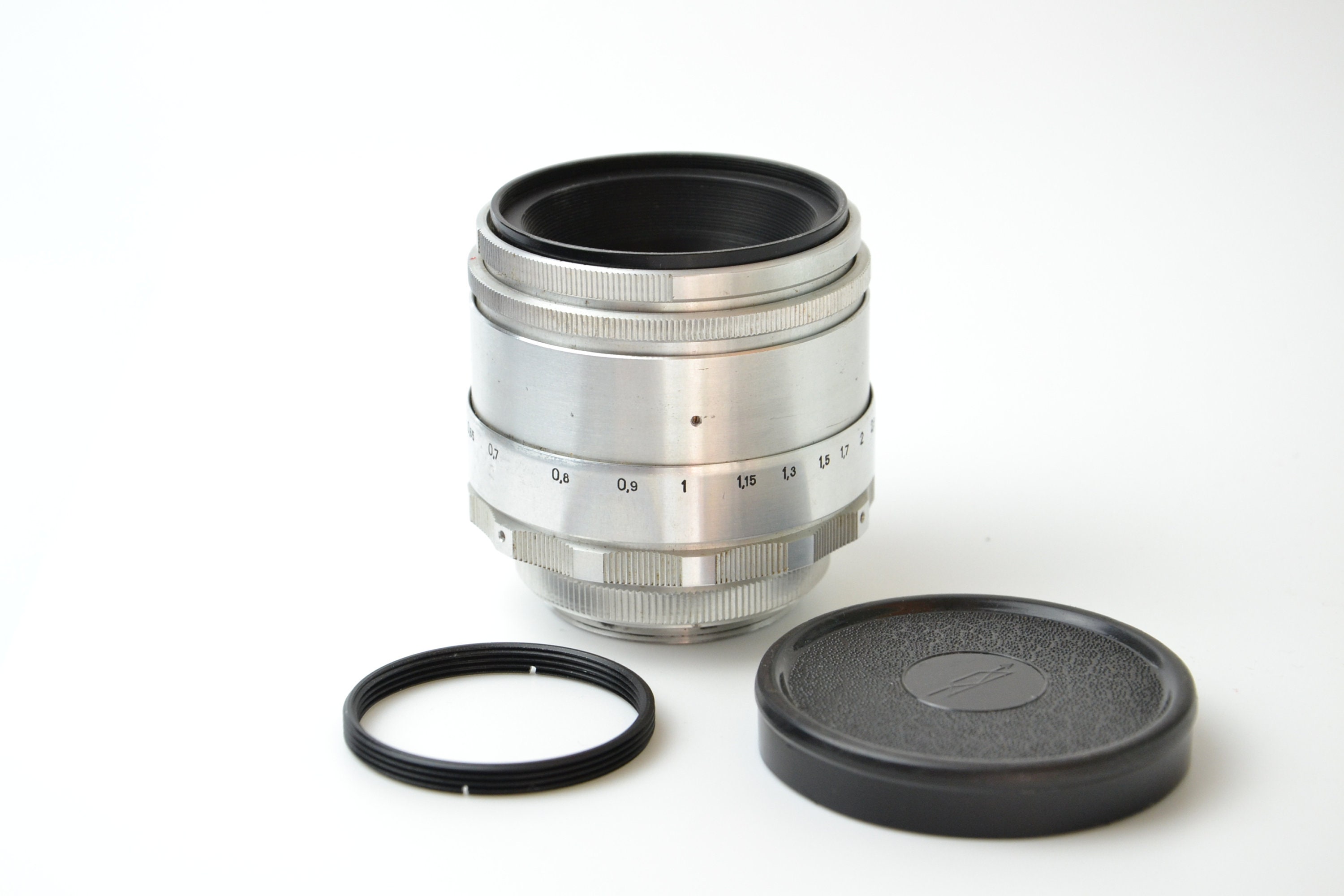
I usually set the limit to f/8 then stop down until what I see in the VF/screen is what I’m aiming for in terms of depth of field, then shoot. In practice I love this set up, because I don’t care much about precise aperture settings. So if you want to shoot at f/5.6, you set that on the outer ring, then open up the aperture using the inner ring, compose, focus, then stop down the inner ring (which will stop at f/5.6 – it literally won’t close down any further) and shoot. Then the inner ring rotates freely (there are no click stops) between being wide open, and the aperture you’ve set on the outer ring. You set the aperture you want to stop down to on the outer ring. The original 44-2 (my favourite model of all) is a preset aperture lens. In my experience, there are three main differences to be aware of before you take the plunge – So you control the aperture on the lens, and the camera sets the shutter speed required for an accurate exposure. With all models, I’ve nearly always used them on cameras with Aperture Priority (Av) mode.
#Helios lens m39 mount serial number
A Helios 44M-5 (perhaps the only one to avoid with its plastic elements) and my original and favourite Helios 44, a well loved 44-2 from 1973 (note the serial number begins with 73)

The one I have currently – a Helios 44-2 – is the one I’ve had the longest, and has a battered, paint worn body, circular cleaning marks on the front and back of the lens and even a bubble within the glass.īut it’s delighted me time and time again in the seven years I’ve owned it now.

These are quite rare anyway, and are partly plastic, whereas all other models I’ve owned have been all metal. The only one I would not recommend is the 44M-5. There are other models, but as long as it starts with Helios 44, then its part of the same family, and the image quality and characteristics are much the same across all of them, in my experience. I have owned at least one variation of the following models – 44-2, 44-3, 44M, 44M-4, 44M-5 and 44M-6. So the first step is to check the lens you’re looking at is M42.īeyond that, there are many variations, and even within one model type there are variations between colours (black with white and red paint, black with yellow and green paint etc), and where they were made (note the different symbol on the body that denotes which factory in the former Soviet Union). They also exist in another screw thread mount called M39, but this is not compatible with M42. Let’s begin by ensuring you get hold of one that is M42 mount. There are many variations of the Helios 44. Simply because they’re one of the most characterful vintage lenses across all mounts, offering a lovely combination of sharpness and dreamy bokeh (the out of focus background of a photograph).Īlso, because they’re plentiful, and very affordable.Īnd thirdly, they can most likely be adapted to a camera you already own.

So why should you want a Helios 44 lens at all? On Micro Four Thirds the crop factor is 2x, so the 58mm Helios equates to 116mm. Its focal length is 58mm, so a longer “normal” lens on 35mm film, and getting towards more of a portrait or short tele lens when adapted to digital, depending on your camera/sensor.ĥ8mm on an APS-C sensor with 1.5x crop factor (DSLRs, Sony E mount etc) will give an equivalent field of view of 87mm. Instead this is about my own experience with perhaps 25 or more Helios 44 lenses, and which one you should look out for.įirst, a very brief overview of the spec. Google it and you’ll find plenty of comprehensive information. If you want the potted history of the Helios 44, this is not the article. It’s about the Helios 44 range, which of course, were also made extensively in M42 mount.Īnd they’re another excellent reason to dip your toe into the world of M42. If I had to answer in one word, I’d say Takumar.Īsahi Pentax made a huge range of Takumar lenses, most of which are magnificent to use and deliver wonderful results.

These days a whole new range of M42 adapters exist to use these screw mount lenses on DSLRs and mirrorless bodies too.īut why would you want to mount an ancient screw thread lens made decades ago on a newer film or digital camera? In this post I’ll talk about why, and what to look out for when you’re ready to buy one.īefore I knew very much about lens mounts, I had at least discovered that before bayonet mounts became the norm, the most widely used way to attach a lens to a camera was to screw it in.Īnd the most common mount was M42, developed in the late 1930s, and used extensively in the 60s and 70s especially by manufacturers like Asahi Pentax, Praktica, Fujica, Yashica, and Zenit.īecause it’s a simple screw thread, a plethora of simple adapters were (and are) available to allow mounting an M42 lens on to a camera with a bayonet mount, like Pentax K, Minolta MC/MD, Canon EOS or Contax/Yashica C/Y, to name a few. Every used a Helios 44 58mm f/2 lens? If not, I think you’ve missed out.


 0 kommentar(er)
0 kommentar(er)
